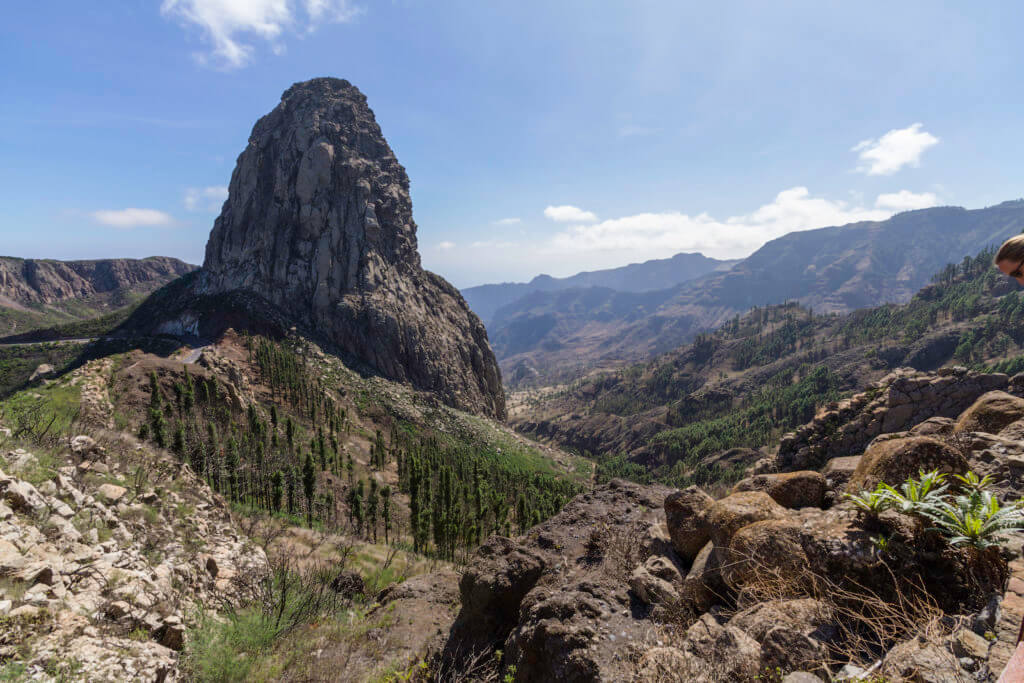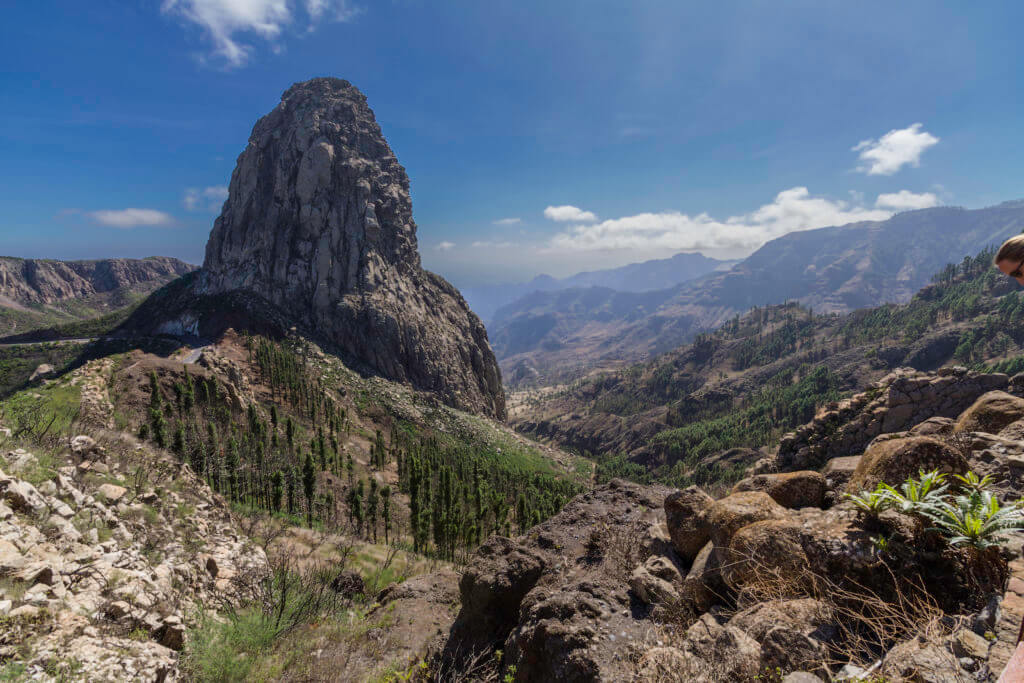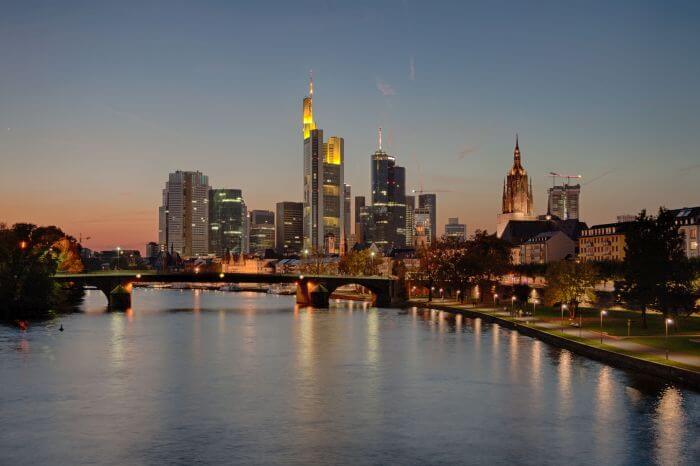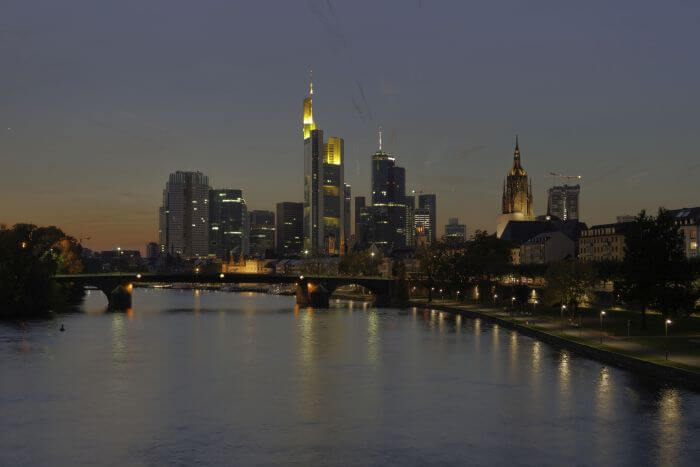HDR alternative exposure blending
I already covered the different HDR tools in a couple of comparism posts, and still i like to use SNS-HDR and Google HDR Efex.
Introduction
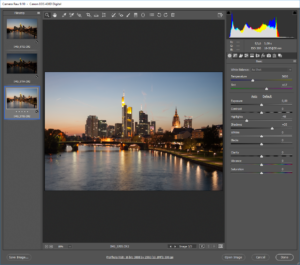 Even regular landscape captures which were backlit you reach the limitations in Lightroom even with the process version 2012 very fast. And the option to do an HDR from one RAW you probably run into the problems mentioned above.
Even regular landscape captures which were backlit you reach the limitations in Lightroom even with the process version 2012 very fast. And the option to do an HDR from one RAW you probably run into the problems mentioned above.
Photoshop CC as a solution
Photoshop CC (but also other tool like ON1 Photo RAW or Affinity Photo) offer layer editing and masking options, so what about using layers and masks and just take the areas from a certain image which are needed, like the darker sky in one image and the brighter foreground in the other version of the image.
Talking about the landscape capture if you want to darken the sky a bit more you actually don’t need a bracketing sequence, just mask the sky area in Photoshop CC precisely. There are a lot of solutions to do this, simple masks, using the image as a base for the mask or luminace masks. :
This image was one from one RAW file, just masking the sky area in the darker version with photoshop and leaving the foreground untouched.
But you alcon can combine a bracketing series in Photoshop, below there is one version processed with HDR Efex Pro and the other one was done in Photoshop CC.
Before posting a lot of screenshots i did a little video to explain how these examples were procssed:
As you notice the example with the landscape image is pretty easy to do, only to get a correct mask could be a problem . Just try out the different options like focus, colors or using the image itsself as a base of the mask.
Lightroom or Bridge
You can open one or more images as layers or smartobjects from Lightroom, so both Lightroom or Bridge are equivalent. for this, if it fits more to your workflow, do the basic processing in Lightroom and handle them in Photoshop CC afterwards.
Conclusion
Processing images with different exposures can be easily done in Photoshop CC and results in more natural blendings, because only the needed areas of the different images are used for the resulting image. You even can try out to shoot at higher ISO, because there is no additional noise from the blending process and there a lot of good denoise tools available.
What do think about exposure blending? Just drop me your comments and your questions. I’ll try to answer them as soon as possible.
ciao tuxoche
